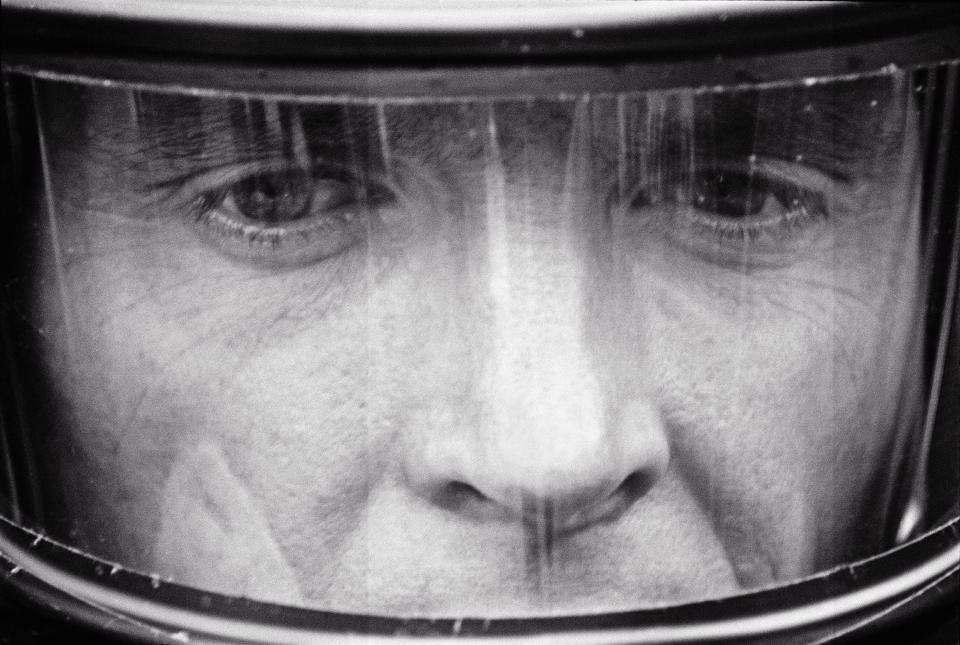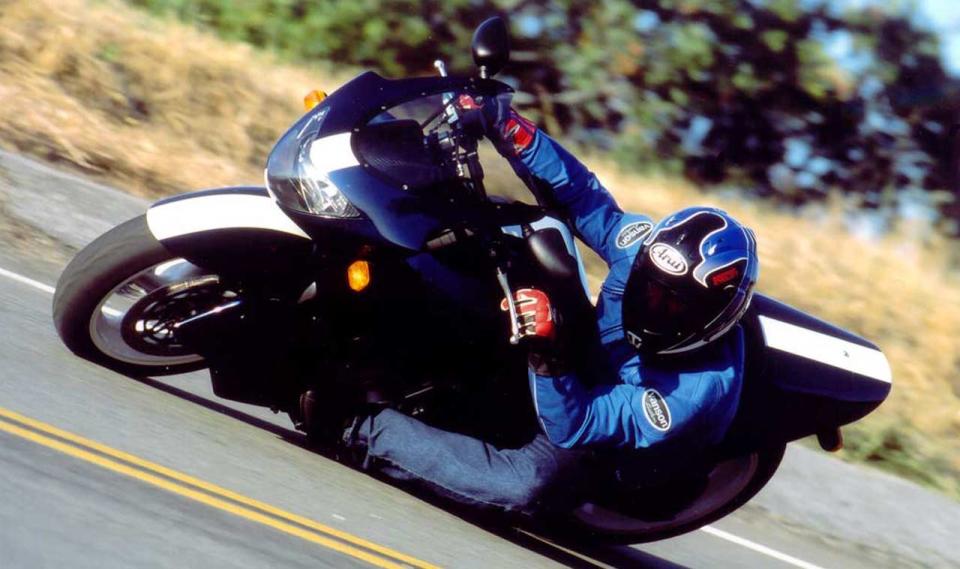American Racing Legend Dan Gurney Has Died

Dan Gurney, one of auto racing’s most important and influential figures, has died at 86 from catastrophic pneumonia.
Gurney, known as the ‘Big Eagle’ to his friends and legions of fans, came to define America’s concept of a race car driver in the 1960s. The New Yorker took to driving in 1955 after serving in the Korean War, and before long, the tall, dashing American was barnstorming Europe’s premier racing series with great success.
His first Formula 1 victory came in 1961 for BRM and he gave Porsche its maiden Grand Prix win the following year. In a growing tradition, Gurney went on to give Brabham its first F1 win in 1964.
Gurney’s most famous driving accomplishment has become part of American lore. Piloting a car designed and built by his own All American Racers outfit, Gurney’s win at the 1967 Belgian Grand Prix continues to serve as the only victory captured by an American in an American Formula 1 car.

Traveling directly from Belgium to France, Gurney authored the greatest week of driving accolades the world has seen by capturing the 24 Hours of Le Mans for Ford in its iconic GT40 seven days later with co-driver A.J. Foyt. Gurney’s Golden Week will live in perpetuity, and with the Gurney For President movement that emerged around the same time, his fan-driven candidacy has often looked like a smarter alternative than some of the politicians who've been elected to the highest office.

Prior to retiring from the cockpit in 1970, the Big Eagle’s versatility led his rivals as wins in F1, NASCAR, IndyCar, and Can-Am left Gurney in rarified air. Major sports car victories at Sebring, Daytona, and all manner of domestic and international venues cemented his status as a great among greats.
Through AAR, which built and sold everything from Formula Fords to Indy cars, Gurney’s southern California den of innovation shattered speed records at the Indy 500 while capturing multiple wins at the Brickyard. At one point in the 1970s, AAR became the highest volume producer of open-wheel race cars in North America.
AAR’s winning tradition - one steeped in engineering advancements - extended into the 1980s with Gurney’s favorite car, 1981’s ‘Pepsi Challenger,’ which took a memorable last-to-first victory on the Milwaukee Mile.
As Gurney’s Eagles lost their footing in IndyCar racing, a shift to the burgeoning IMSA series representing Toyota added to the company’s legacy. Sports car racing was far from new for AAR; it’s gorgeous factory Plymouth Barracuda Trans-Am cars paved the way in 1970, Gurney’s final year behind the wheel.

An initial foray into the IMSA GTU category was upgraded to fire-breathing turbocharged GTO Celicas, and with the GTP class nearly rivaling IndyCar for the hearts of racing fans, AAR joined IMSA’s most popular show and it wasn’t long before Gurney’s Eagle Mk III chassis ran its rival manufacturers out of the series.
Just as Bobby Unser’s 1972 Eagle chassis - with the brand-new Gurney flaps installed - destroyed the existing speed record at Indy by 17 miles per hour, the Mk III caused the GTP class to collapse under the weight of its dominance in 1993. So advanced were the Mk III’s aerodynamics, Gurney readily refused to explain all of its tricks more than 20 years after the cars turned their final laps.
One last stint for AAR in the CART IndyCar Series - a championship Gurney brought to life in 1979 with his transformational ‘White Paper’ - bore minimal fruit from 1996-1999, and other than supporting the racing career of his son Alex, Gurney’s team took a backseat in the new millennium to government contracts and the occasional support of fresh sports car projects.
An avid motorcycle rider, Gurney started his own line of sit-down motorcycles under the Alligator banner, and continued to work on pioneering motorcycle engine designs until his final days.

There were few who were smarter, or faster, or gave to the sport more than he received.
If stature could be measured, Gurney would surely stand atop the sport for all he created and achieved during his 86 years.
Some drove. Some owned. Some designed. Some built. Gurney did it all, won it all, and used innate curiosity and humor as his energy source.
We are all poorer for his loss.
Road & Track extends its most sincere sympathies to Dan’s wife Evi, his sons, and extended family.

You Might Also Like

 Yahoo Autos
Yahoo Autos 